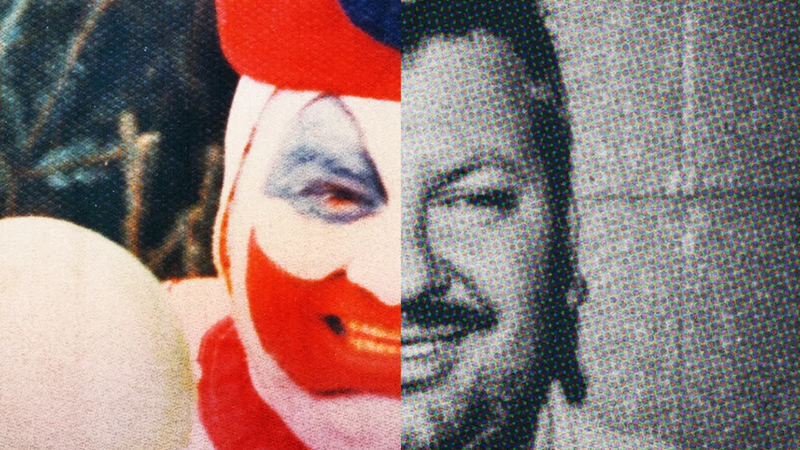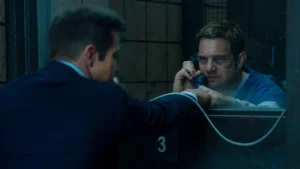Summary
A chilling descent into the mind and life of one of America’s most prolific serial killers.
This review of Conversations with a Killer: The John Wayne Gacy Tapes is spoiler-free.
Netflix’s latest serial killer docuseries, Conversations with a Killer: The John Wayne Gacy Tapes, surrounds the serial killer John Gacy who sexually assaulted and murdered at least thirty-three young men and boys. This three-part docuseries follows the investigation into Gacy, each episode roughly being one hour. This a great binge watch, easily done in one evening.
Whilst awaiting trial over sixty hours of conversations with Gacy were recorded. These tapes have never been publicly released, until now in this series. If that isn’t enough to grasp your intrigue and attention, I don’t know what will.
There is certainly a fascination around serial killers, how they work and how they are caught. Half of the excitement is the investigation and the hunt. This series has an incredibly detailed explanation of watching Gacy and trying to catch him. Nothing much in regards to Gacy himself. We hear that there is no “rhyme or reason” for his murders and that he had multiple motives, and how he played cat and mouse with the police, but not a lot into his family life, personal life, and childhood. The third and final episode is the best one, the first and second are very in-depth and building and feel slow. In the final episode, we hear about the trial and his final moments and it is a speedy conclusion. Gacy was executed for his crimes, with his last words, allegedly, being “kiss my ass.” You can hear him say on the tapes, “I’ve killed 33 people and you can only kill me once,” and he laughs. Incredibly chilling and creepy to hear.
Gacy is known for his character “Pogo the clown” — Gacy would dress up as a clown and entertain and perform at many children’s hospitals and events. I really wanted to hear more about this, and why he did this. It is touched upon briefly, but really had nothing to do with the murders, so this “clown” image is really a PR stunt. Gacy’s victims were either gay prostitutes or young men working for him or looking for work. A lot of young men who worked for Gacy at his construction company usually went missing.
The documentary focuses a lot on the gay community at the time as culturally a man being raped by another man wasn’t acknowledged or understood and the police and society failed a lot of men during the 1970s and 80s because of this — including victims of Gacy. One victim, Robbie Piest, was considered different by the police and investigators, as he was abducted with witnesses being present, and his story is continued throughout the three episodes. With the development of DNA analysis, they reopened the case to identify many of his victims, giving these victims and families a voice, answers, and hopefully closure, making them more than just a number.
Like many other documentaries, this one features conversations and interviews with family and friends of the victims, the police and investigators on the case, and most interesting, Gacy’s defense attorney. I really enjoyed this aspect, hearing his strategy, what he would have done differently, and his account of what happened.
Overall this series is an interesting and heart-breaking watch, the world needs to know what a horrific person John Wayne Gacy was, and the truly awful crimes he committed. I did wonder if he could have been caught sooner, which I think many who worked the case now feel too. Understanding these killers hopefully helps us capture more in the future, as there are more Gacy’s out there. I’d recommend watching if you’re a fan of serial killer documentaries, a fan of the similar series The Ted Bundy Tapes, and if you’re looking for something easy and quick to binge-watch.
You can stream Conversations with a Killer: The John Wayne Gacy Tapes exclusively on Netflix.




